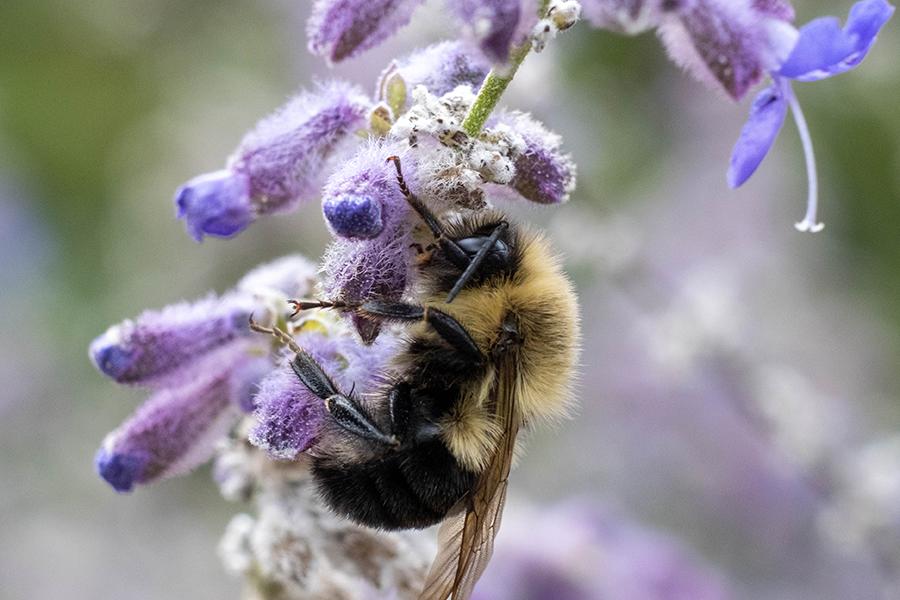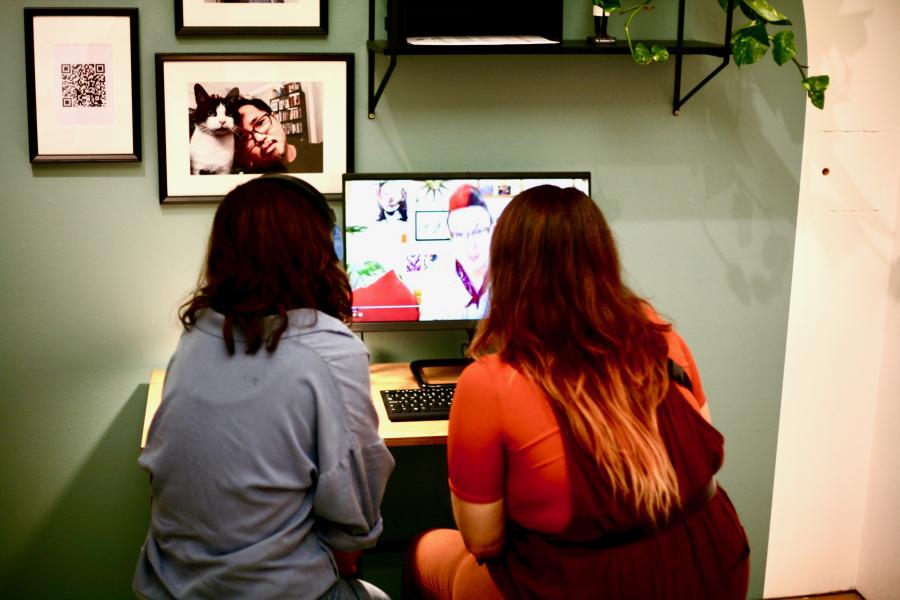Research & Science

SURE Fellows Demonstrate Kent State's R1 Status in Action
SURE presenters represented the 122 students who participated in the program during summer 2022, an increase of 50 students from the previous year. SURE is sponsored by the Division of Research and Sponsored Programs and the office of President Todd Diacon, as well as several individuals, departments, colleges, institutes and others.

NASA Darts Into the Future with Asteroid Redirection
Ye Lu, assistant professor in the College of Aeronautics and Engineering, gives his thoughts on NASA's recent Double Asteroid Redirection Test (DART).

Kent State Biological Sciences Professor Helps Lead International Research Coordination Network to Study Insect Decline
Over half of the described species in the world are insects. Although many people think of insects as pests, they play vital roles and have a big impact on our invaluable ecosystems, as pollinators, helping break down wastes, and as an essential food source for many other organisms.

Planting Today Means 'Trees for the Future'
The Kent State community planted more than 100 trees in the Climate Change Grove to help offset the university’s carbon footprint and provide a way to research the effects of climate change in our immediate environments.

Kent State’s Brain Health Research Institute Hosts University of Wisconsin-Milwaukee Anthropology Professor
Ben Campbell spoke on the topic of how the production of the DHEA/DHEAS and GLUD2 hormones plays a role in brain development in humans and other species, a process known as “adrenarche.”

Safer, More Efficient Trauma Room Design Wins Touchstone Award
A substantial amount of time and effort goes into the design of health care environments. In an emergency department, you need optimal conditions to save lives. The Center for Health and Design has awarded Sara Bayramzadeh, assistant professor and Elliot Professor in Health Care Design, the Touchstone Award – Gold Category for conceptual design.

Researcher Predicts Consumer Behavior Through Pet Ownership
Owning a pet can tell marketers all they need to know about your buying tendencies. In a new study, Lei Jia, assistant professor of marketing and entrepreneurship at Kent State, found that pet ownership can influence and predict consumer behavior.

Students Conduct Landscape Ecology Research to Discover Effects of Sea Level Rise
Saying "yes" to everything landed Kathryn Burns in the middle of New Jersey's coastal wetlands

Research & Innovation Forums Showcase Breadth of Scholarship of Faculty
Twice each semester, Kent State University’s Division of Research and Sponsored Programs hosts Research & Innovation Forums, to bring together faculty members to publicly present their ongoing work.

Researchers Gather LGBTQ+ Stories of Resilience During the Pandemic
Molly Merryman, Ph.D., associate professor in Kent State’s School of Peace and Conflict Studies, and Lauren Vachon, assistant professor in Kent State’s LGBTQ studies program and coordinator of the LGBTQ studies minor program, were instrumental in obtaining a $35,000 grant from the U.S. Department of State for the project Resilience During the Pandemic: LGBTQ+ Stories.